Integrating HRIS into Training Platforms: A Complex but Valuable Journey
At first glance, integrating your Human Resource Information System (HRIS) with your training platforms is a no-brainer. After all, why wouldn't you want to seamlessly connect the rich data about your employees with the systems that manage their learning and development? The concept is simple and appealing in its promise of streamlined processes and enhanced learning experiences. However, as we delve deeper, the complexities of such an integration begin to surface, revealing a challenging yet rewarding path for businesses.
Let’s dive in and see what is ahead of us when we start to stitch these two indispensable technologies together.
Unveiling the Complexity
Integrating HRIS and Learning Management Systems (LMS) or Learning Experience Platforms (LXP) is more than a technical handshake between two systems. It involves aligning the data structures, ensuring compliance with privacy regulations, and tailoring the learning paths to meet the diverse needs of an organization's workforce. Each of these steps has challenges and considerations, making the process more complex.
The Business Value
Despite the complexities, integrating HRIS with training platforms brings significant value to businesses. By leveraging HR data in LMS/LXP, organizations can create personalized learning journeys, align training with career development paths, and measure the effectiveness of their learning initiatives against actual business outcomes. This advancement enhances employees' learning experience and organizational performance through a more skilled and engaged workforce.
Potential Downsides and "Gotchas"
While the benefits are clear, embarking on an integration journey also has downsides. One of the primary challenges is the initial investment in time and resources required to establish a seamless integration. Additionally, organizations must navigate the "gotchas" such as data privacy concerns, the ever-changing landscape of compliance regulations, and the potential resistance to change from both HR and L&D teams.
Easy Wins and Early Value
To mitigate these challenges and showcase the value early in the process, organizations can focus on achieving "easy wins." These wins could involve integrating basic employee data to personalize learning paths, leveraging analytics to provide actionable insights to HR and L&D teams, or simply implementing single sign-on (SSO) to improve the user experience.
Another path we’ve seen have success is using the HRIS system to build out an additional intermediary micro-service (sometimes known as a service mesh) that contains the data you need your training partner to have but doesn’t require them to connect their system to your live employee data and records. This approach may offer more peace of mind for your information security teams and speed up implementation.
These steps can demonstrate the potential of a fully integrated system and build momentum for the broader integration project.
Conclusion: A Journey Worth Embarking On
Integrating your HRIS with your training platforms is a journey filled with complexities but also ripe with opportunities to enhance your organization's learning ecosystem and drive business value. As we explore this topic further, I invite you to join me at the upcoming Learning HR Tech Conference in April, hosted by the Learning Guild. I’m presenting the topic xAPI + HRIS = Unlocking Learning Performance Data. There, I will delve deeper into the intricacies of HRIS and LXP integrations, sharing insights and strategies to navigate this complex yet rewarding landscape. Register now and embark on a journey to unlock the full potential of your HR and learning data.
